Increased Regulatory Compliance
The Sterilization Equipment Service Market is significantly influenced by the heightened focus on regulatory compliance across various sectors. Regulatory bodies are imposing stringent guidelines to ensure the safety and efficacy of sterilization processes, particularly in healthcare settings. This has led to an increased demand for sterilization services that adhere to these regulations. For example, the FDA and other regulatory agencies have established comprehensive standards for sterilization practices, which necessitate regular maintenance and validation of sterilization equipment. Consequently, service providers that specialize in compliance-related services are likely to see a surge in demand. The market is expected to grow at a CAGR of 7% over the next five years, driven by these compliance requirements.
Expansion into Non-Healthcare Sectors
The Sterilization Equipment Service Market is witnessing a notable expansion into non-healthcare sectors, such as food processing and pharmaceuticals. As industries increasingly recognize the importance of sterilization in maintaining product safety and quality, the demand for sterilization services is likely to rise. For instance, the food industry is adopting sterilization techniques to extend shelf life and ensure consumer safety, which could lead to a substantial increase in service contracts for sterilization equipment. This diversification presents a significant opportunity for service providers to tap into new markets. The potential for growth in these sectors suggests that the sterilization equipment service market could see an increase in revenue streams, further solidifying its position in the broader industrial landscape.
Rising Awareness of Infection Control
The Sterilization Equipment Service Market is being propelled by a growing awareness of infection control measures across various sectors. Organizations are increasingly prioritizing sterilization processes to mitigate the risk of infections, particularly in healthcare facilities. This heightened awareness is driving the demand for reliable sterilization equipment and, consequently, the services associated with maintaining and servicing this equipment. The World Health Organization has emphasized the importance of sterilization in infection prevention, which further underscores the need for effective sterilization services. As a result, service providers that offer comprehensive maintenance and support for sterilization equipment are likely to experience increased demand, contributing to the overall growth of the market.
Investment in Healthcare Infrastructure
The Sterilization Equipment Service Market is benefiting from substantial investments in healthcare infrastructure. Governments and private entities are allocating significant resources to enhance healthcare facilities, which includes upgrading sterilization equipment. This investment trend is particularly evident in emerging economies, where the establishment of new hospitals and clinics is on the rise. As these facilities require state-of-the-art sterilization solutions, the demand for sterilization equipment services is expected to grow. Furthermore, the market is projected to expand as healthcare providers seek to ensure compliance with international standards. This influx of investment not only enhances service opportunities for providers but also indicates a long-term commitment to improving healthcare quality.
Technological Advancements in Sterilization Equipment
The Sterilization Equipment Service Market is experiencing a notable transformation due to rapid technological advancements. Innovations such as automated sterilization systems and advanced monitoring technologies are enhancing efficiency and effectiveness. For instance, the integration of IoT in sterilization equipment allows for real-time monitoring and data collection, which can lead to improved compliance with safety standards. As a result, the demand for service providers who can maintain and upgrade these sophisticated systems is likely to increase. Furthermore, the market for sterilization equipment is projected to reach USD 5 billion by 2026, indicating a robust growth trajectory. This trend suggests that service providers must adapt to the evolving landscape to remain competitive.


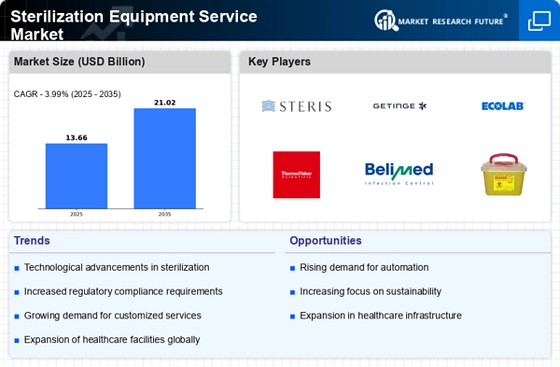
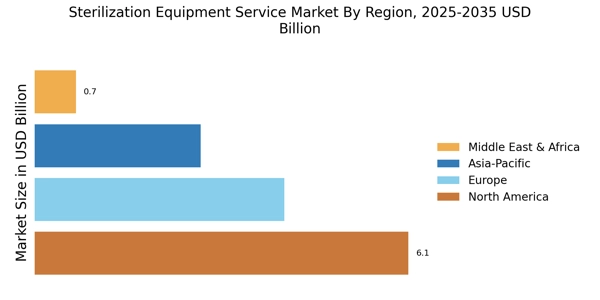
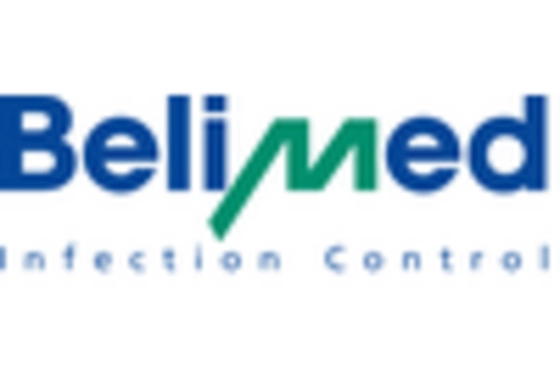
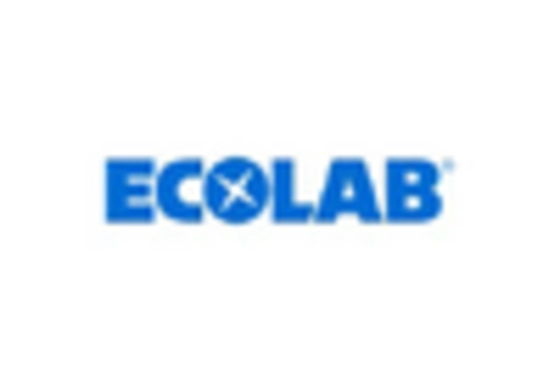
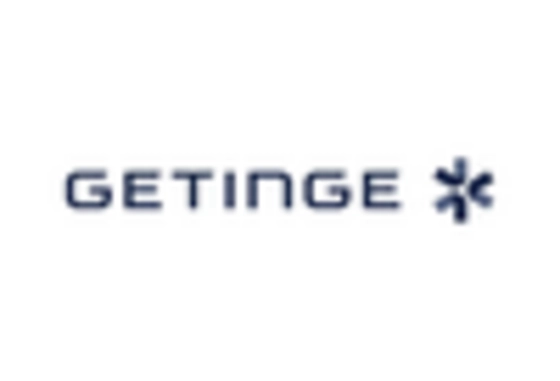
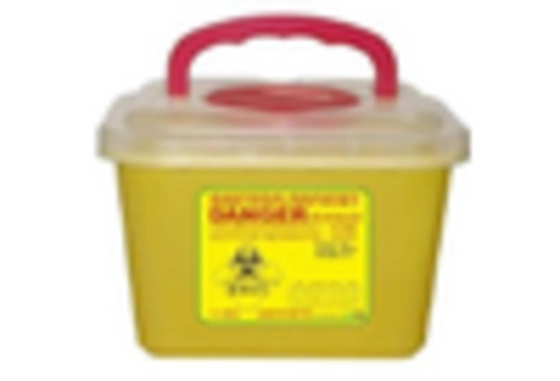
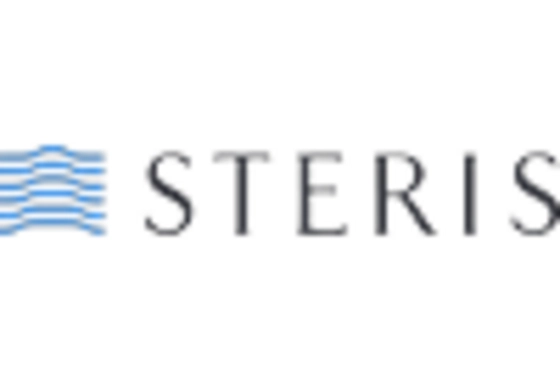
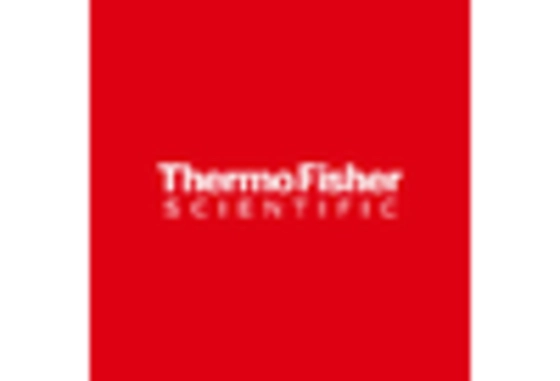








Leave a Comment